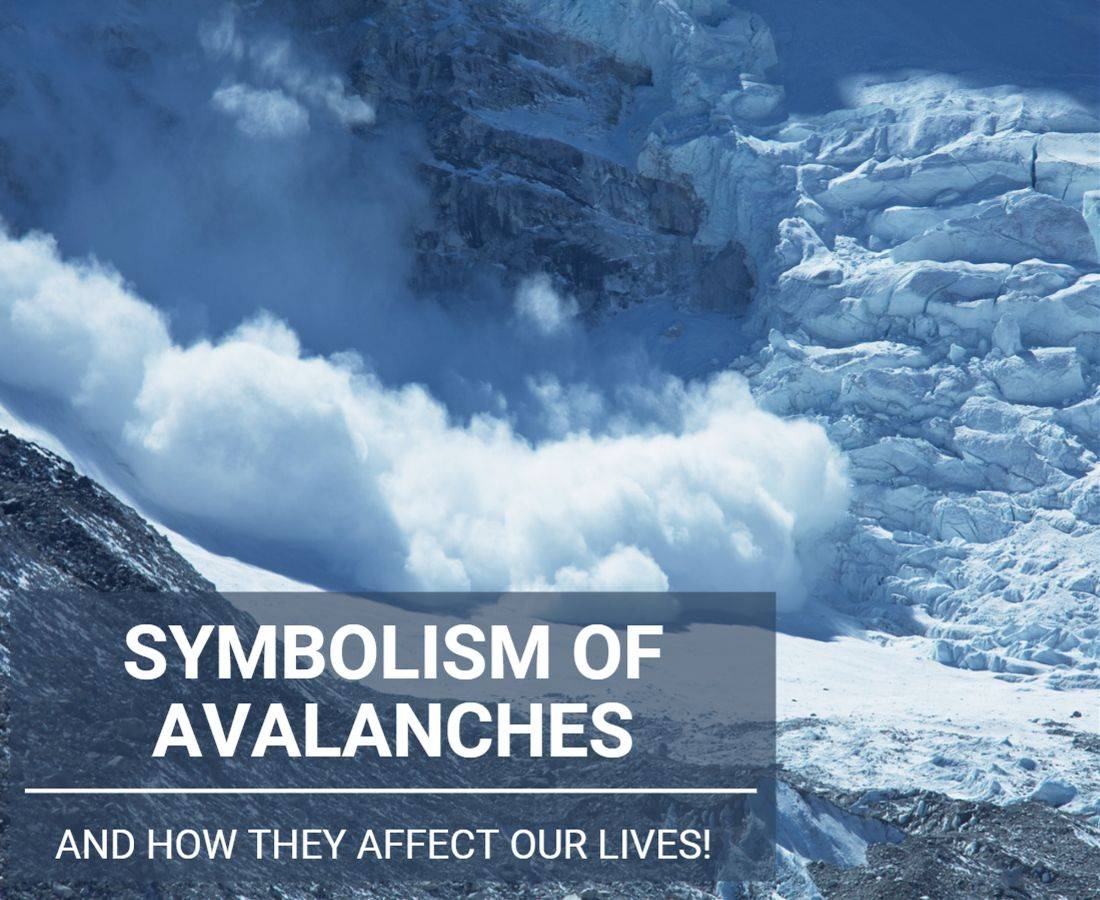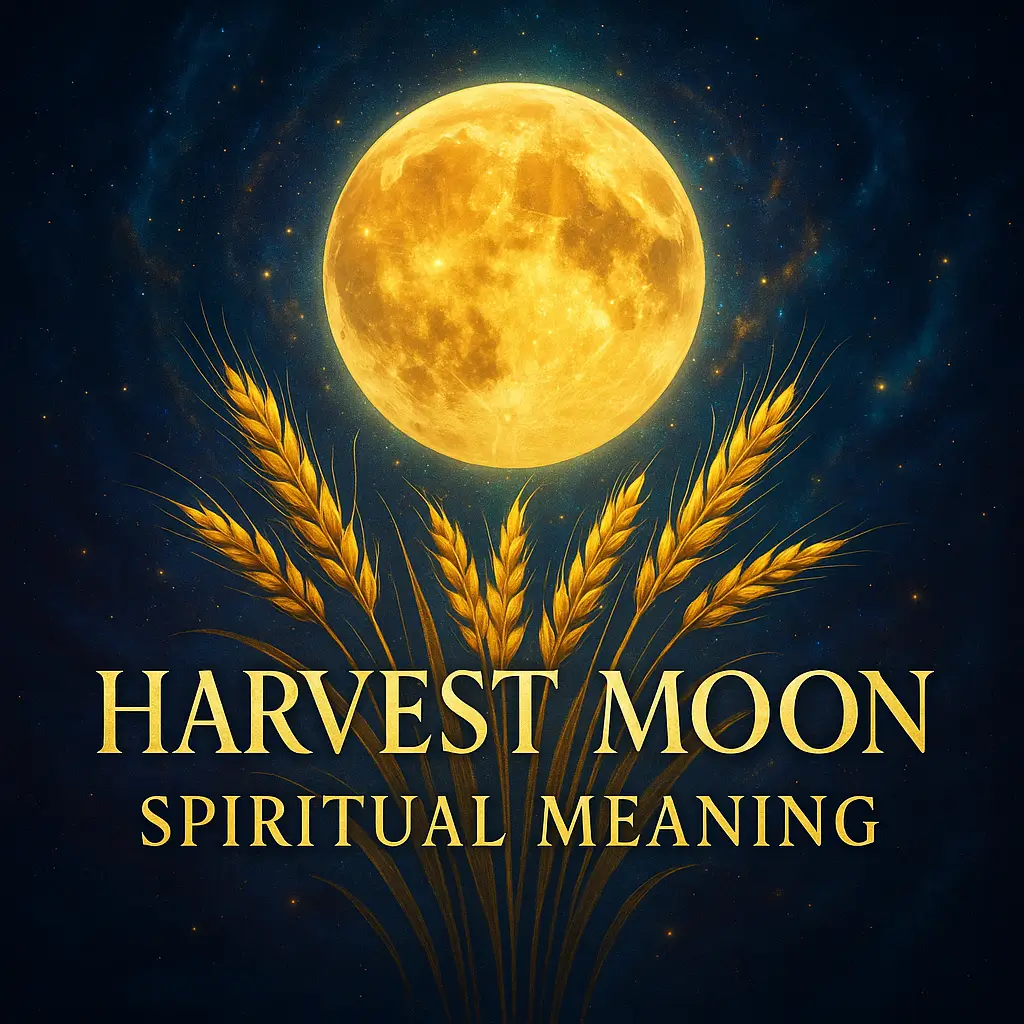Table of Contents
- 1 Key Takeaways
- 2 Meaning in art
- 3 Physical level vs symbolic level of avalanches
- 4 Best books on avalanche symbolism
- 5 Understanding Avalanche Phenomena and Symbolism
- 6 Conclusion
- 7 FAQ
- 7.1 What causes snow avalanches to occur?
- 7.2 How are avalanche warnings classified?
- 7.3 What safety equipment should I carry in avalanche terrain?
- 7.4 How do mountain rescue teams locate avalanche victims?
- 7.5 What training should I complete before venturing into avalanche-prone areas?
- 7.6 How do avalanche conditions differ between winter and spring?
- 7.7 What ecological impacts do avalanches have on mountain environments?
Key Takeaways
- Avalanches are powerful natural phenomena that symbolize sudden collapse of something previously considered stable and reliable, serving as a metaphor for dramatic life changes.
- There are four types of avalanches: loose snow, slab, powder snow, and wet snow avalanches, each with distinct characteristics and formation patterns.
- Despite their destructive nature, avalanches can have positive effects on the environment by clearing away debris and shaping mountain landscapes.
- In literature and art, avalanche symbolism represents overwhelming forces that can signify the power of nature, human fragility, or inevitable change.
- The main difference between avalanches and landslides is the material involved – avalanches primarily consist of snow and ice, while landslides involve soil and rock.
- loose snow avalanche
- slab avalanche
- powder snow avalanche
- wet snow avalanche – more information here
Meaning in art
Physical level vs symbolic level of avalanches
Difference between avalanches and landslides
A lot of of snow, ice, or rocks (or all together) that slides down a mountain is known as an avalanche.
On the other hand, a landslide is a large-scale sliding of rock, soil, and other materials down a slope.
The sort of material used in the two is one of their main distinctions. Landslides involve soil and rock, whereas avalanches involve a combination of snow, ice, and rocks. They can also travel at different speeds, with avalanches often moving far more quickly than landslides.Best books on avalanche symbolism
Understanding Avalanche Phenomena and Symbolism
The Science Behind an Avalanche Event
An avalanche is a powerful natural occurrence where a mass of snow, ice, and debris rapidly descends a mountainside. These avalanche events are typically triggered when the weight of accumulated snow exceeds the strength of the snowpack’s weakest layer. The scientific terminology used to describe an avalanche includes factors like the fracture line, avalanche path, and deposition zone. Understanding these terms is crucial for both safety and scientific study. When providing a detailed description of an avalanche, experts refer to its crown face (where the initial break occurs), the avalanche track (the path it follows downhill), and the runout zone (where materials come to rest).
Avalanche as Metaphor and Symbol
Beyond their physical reality, avalanches serve as powerful metaphors in literature and art. The avalanche metaphor often represents overwhelming forces that suddenly transform situations. As an avalanche symbol, it can depict how small actions or decisions might trigger catastrophic consequences – similar to how a single skier can initiate a massive snow slide. In storytelling, the avalanche totem represents both destruction and renewal, embodying nature’s dual capacity to devastate and recreate. This symbolism extends to contemporary media, where the term “information avalanche” describes the overwhelming volume of data in modern society.
Avalanche Totems in Popular Culture
In gaming culture, particularly in games like Fisch, an avalanche totem is a coveted item. Many players wonder how much an avalanche totem costs or where to get an avalanche totem in Fisch. Typically, these virtual items range from moderate to high in-game currency prices, depending on their power and rarity. The avalanche totem in Fisch serves as protection against sudden catastrophic events within the game. What does the avalanche do in Fisch? It typically triggers environmental effects that can either harm opponents or clear obstacles, making it a strategically important element for gameplay. For collectors, understanding how much does an avalanche totem cost helps in planning game economics and trading strategies.
Conclusion
FAQ
What causes snow avalanches to occur?
Snow avalanches typically occur when new snowfall cannot bond properly with existing snow layers. Triggers include temperature changes, heavy precipitation, wind loading, or human disturbance. The weight of accumulated snow eventually exceeds the strength of weak underlying layers, causing a rapid downhill movement.
How are avalanche warnings classified?
Avalanche warnings follow a five-level international scale: Low (1), Moderate (2), Considerable (3), High (4), and Extreme (5). Each level indicates increasing danger based on snowpack stability, expected avalanche size, and probability of triggering. These classifications help backcountry travelers make informed decisions.
What safety equipment should I carry in avalanche terrain?
Essential avalanche safety equipment includes a transceiver (beacon), collapsible probe, and shovel. Many experts also recommend wearing an avalanche airbag backpack. These tools significantly increase survival chances by reducing burial depth and enabling faster companion rescue.
How do mountain rescue teams locate avalanche victims?
Rescue teams employ a multi-pronged approach using avalanche transceivers, RECCO reflectors, probe lines, and specially trained avalanche dogs. In recent years, drone technology has enhanced search capabilities. The first 15-30 minutes after burial are critical for survival, making companion rescue vital.
What training should I complete before venturing into avalanche-prone areas?
At minimum, complete an Avalanche Level 1 course covering hazard recognition, terrain assessment, rescue techniques, and decision-making frameworks. Practice using safety equipment regularly. Consider advanced training like Wilderness First Aid and Avalanche Level 2 for comprehensive preparation.
How do avalanche conditions differ between winter and spring?
Winter avalanches typically involve dry snow and occur due to weak layer failures or storm loading. Spring avalanches are often wet snow slides triggered by warming temperatures and solar radiation. Spring conditions follow more predictable daily cycles, while winter conditions can remain dangerous for extended periods.
What ecological impacts do avalanches have on mountain environments?
Avalanches create unique habitats by clearing forest corridors, depositing nutrients, and establishing vegetation succession patterns. These disturbances increase biodiversity by creating habitat mosaics. Regular avalanche paths host specialized plant communities adapted to frequent disturbance, contributing to mountain ecosystem diversity.



